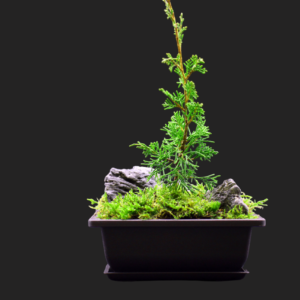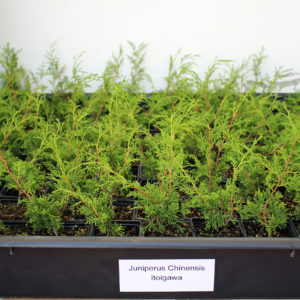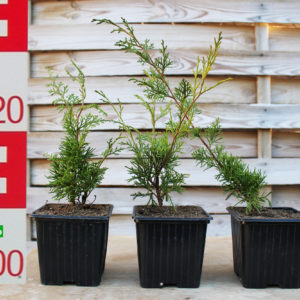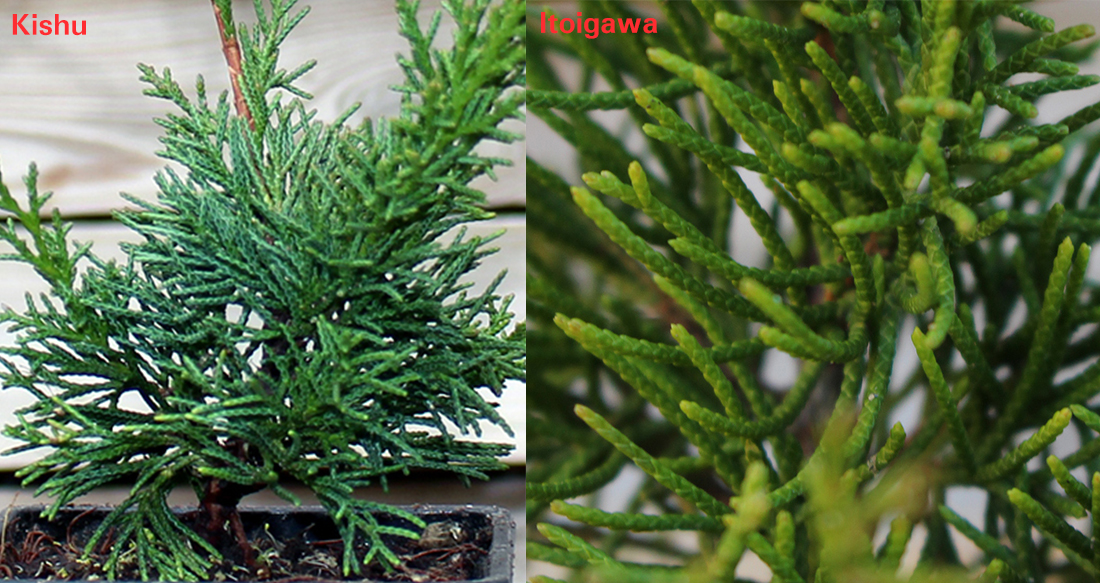Juniperus Chinensis Itoigawa
-
Select options This product has multiple variants. The options may be chosen on the product page
Juniperus Chinensis Itoigawa Bonsai Mini Landscape
€ 39,90 -
Select options This product has multiple variants. The options may be chosen on the product page
Juniperus Chinensis Itoigawa – Rooted Cuttings
€ 4,90 – € 39,90
Juniperus Chinensis Itoigawa cuttings, young plants, prebonsai and bonsai
It’s hard to believe, but Juniperus Chinensis Shimpaku var. Itoigawa was discovered in the mountainous regions of Japan just over 100 years ago.
Near the small Japanese town of Itoigawa, a Japanese bonsai enthusiast discovered a previously unknown subspecies of Chinese juniper in 1910. This subspecies, named after the town, differed from the normal Chinese juniper in having denser, especially fine and lighter foliage.
After the new subspecies was first presented to the bonsai world, a race for the most beautiful wild specimens began. Bonsai collectors from all over the world made their way to the mountains of Itoigawa to claim as many plants as possible for themselves.
Within a few years this led to the fact that hardly any wild specimens could be found in their original environment. Juniperus Chinensis Shimpaku var. Itoigawa had become a particularly prized and sought-after bonsai variety among bonsai enthusiasts.
Today, the species is also known as the King of Bonsai and remains one of the most sought after varieties of Chinese Juniper. Due to its relatively high price, Itoigawa junipers are rarely found in normal nurseries.
Difference between Itoigawa, Kishu and normal Shimpaku.
Looking more closely at the photo of the plants, differences in foliage become apparent. The Itoigawa variety has a brighter and more intense green than Kishus and normal Shimpakus.
In addition, Itoigawa and Kishu have finer and denser foliage than normal Chinese junipers. This makes it easier, as the tree ages, to achieve the desired dense pads that adds the finishing touch to any Juniperus bonsai.




